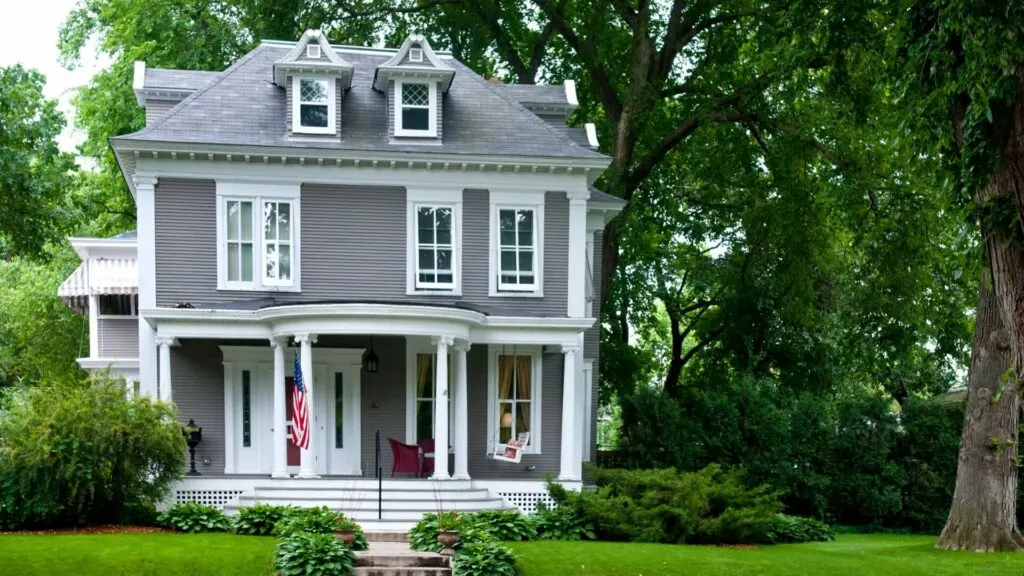Every household can come with its challenges. For example, if you live in a seafront property, then you may have to manage the effects of erosion, floods, and even the wear of salty air on your paintwork.
Moreover, sometimes new builds can be a challenge because a new household hasn’t had time to settle into itself, and depending on the construction outfit responsible for them, small mistakes that need corrections could still be present.

Living in an older house seems like a good deal. Not only do you get the character of a historical building (even if it has no real import on the local area), which is perfect for reading a book in the kind of ambiance you’re looking for, but the building has been functional and present for years.
However, older buildings do still retain certain quirks worth keeping in mind before your purchase. We hope to help you with that approach by offering a few insights:
Plumbing & Pipe Issues
Older plumbing, by virtue of it being older and not up to modern standards, could cause a problem. A rusted pipe could crack for example, or simply wear out and clog. Sometimes, small leaks can be hidden in the walls or beneath floors, slowly causing damage that isn’t noticed until it becomes a bigger problem. This is something to keep in mind if there are any signs of water damage, like damp spots or gross smells. Having professional plumbing services assess the system can save a lot of hassle from an emergency call out, and you can always book an inspection before you call them when something goes wrong. It’s better to address these issues before they turn into emergencies, so budgeting for some potential upgrades is a wise move for anyone taking on an older home.
Insulation Problems
Older homes tend to be more robust, but they don’t have the benefit of modern insulation such as foam options. Upgrading the insulation doesn’t just make the home more comfortable and save you energy bills as you’d expect; it can also prevent problems like condensation, mold, or even ice dams forming on the roof in colder climates. A capable contractor can implement fixes like adding insulation to the attic or sealing drafty windows and doors to make a noticeable difference. That’s not the most exciting home improvement of course, but it may extend the habitality and comfort of your older house..
Foundational Shift
It’s no insult to an older house to suggest a foundational shift may have occurred, especially in a house that could have been here for centuries. Over time, the ground beneath a house can shift, and this can cause cracks in the foundation or walls. These problems might seem limited at first, but they can lead to bigger structural issues if not dealt with. It’s always a good idea to have a structural engineer take a look at the foundation during the inspection process to make sure there aren’t any red flags, as they can support and even shift land to help you sustain the home while fixing any cosmetic damages or supporting walls that need it.
With this advice, you’ll be sure to avoid the challenges of living in an older house and realistically manage your approach as a result.

Jessi is the creative mind behind The Coffee Mom, a popular blog that combines parenting advice, travel tips, and a love for all things Disney. As a trusted Disney influencer and passionate storyteller, Jessi’s authentic insights and relatable content resonate with readers worldwide.
